detail profile john lahr
Peran Yang Di Mainkan John Lahr
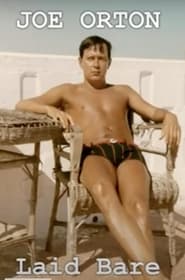 Exploring the wit work and world...
Exploring the wit work and world...Joe Orton Laid Bare 2017
Exploring the wit, work and world of Joe Orton through his own words, and the testimony of those who knew him and worked with him.
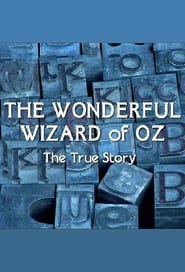 This iconic American story was written...
This iconic American story was written...The Wonderful Wizard of Oz: The True Story 2011
This iconic American story was written in 1900 by L Frank Baum, a Chicago businessman, journalist, chicken breeder, actor, boutique owner, Hollywood movie director and lifelong fan of all things innovative and technological. His life spanned an era of remarkable invention and achievement in America and many of these developments helped to fuel this great storyteller's imagination. His ambition was to create the first genuine American fairytale and the story continues to fascinate, inspire and engage millions of fans of all ages from all over the world. This documentary explores how The Wonderful Wizard of Oz has come to symbolise the American Dream and includes previously unseen footage from the Baum family archives, still photographs and clips from the early Oz films, as well as interviews with family members, literary experts and American historians as it tells the story of one man's life in parallel to the development of modern America.
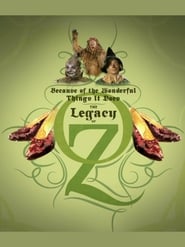 A featurette about The Wizard of...
A featurette about The Wizard of...Because of the Wonderful Things It Does: The Legacy of Oz 2005
A featurette about The Wizard of Oz (1939).
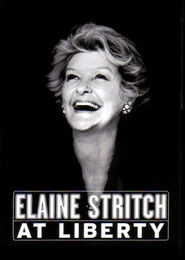 Judy at the Palace Sinatra at...
Judy at the Palace Sinatra at...Elaine Stritch at Liberty 2004
Judy at the Palace. Sinatra at Carnegie Hall. Streisand at the Garden. Stritch on Broadway. Legendary performances come along so rarely. Elaine Stritch At Liberty is an autobiographical one-woman show written by Elaine Stritch and John Lahr. The show consists of spoken monologues from Stritch following her life and career, interspersed with showtunes and pop standards which compliment her stories. Many of these songs had been originated by Stritch in major Broadway productions, such as "The Ladies Who Lunch" from Company and "Civilization" from Angel In The Wings. Her experiences and relationship with show business are focal points, but she also explores more intimate, personal themes like her alcoholism and romantic relationships.
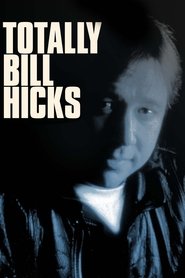 Consisting of two parts Revelations Bill...
Consisting of two parts Revelations Bill...Totally Bill Hicks 1998
Consisting of two parts: ‘Revelations’, Bill Hicks’ last live performance in the United Kingdom made at the Dominion Theatre; and a documentary about Hicks’ life ‘Just a Ride’ featuring interviews with friends, admirers, and family.
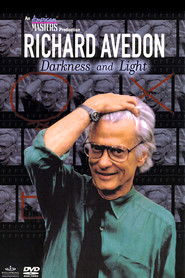 Richard Avedon was one of the...
Richard Avedon was one of the...Richard Avedon: Darkness and Light 1996
Richard Avedon was one of the great geniuses of 20th century photography, famous for his fashion photography done for the likes of Vogue, Versace, and Armani, and equally famous for his black and white portraits of American people, both famous and unknown.
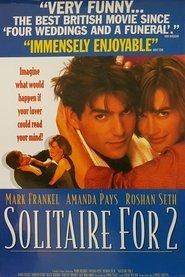 Katie can read minds Being desirable...
Katie can read minds Being desirable...Solitaire for 2 1995
Katie can read minds. Being desirable, the male minds she reads are all thinking of one thing. She always responds by hitting them and storming off without explanation. Daniel is an expert in body language and interprets this as a sign she wants to be pursued. Since Daniel spends most of his time, when not terrorizing his students, pursuing women, Katie gets ever more exasperated that he is treating her exactly as he treats every presentable female from the motorcycle cop to the squeegee girl. She cannot read minds when her eyes are covered, or when minds are thinking in a foreign language, so she misinterprets Sandip's desire for hunger. She also holds Daniel responsible for his subconscious desire for his friend's wife (Caroline).
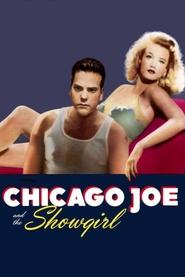 During World War II an American...
During World War II an American...Chicago Joe and the Showgirl 1990
During World War II, an American serviceman in London decides to impress his English girlfriend by acting as an American gangster, which soon turns deadly.
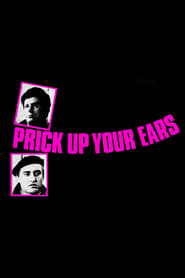 When the young attractive Joe Orton...
When the young attractive Joe Orton...Prick Up Your Ears 1987
When the young, attractive Joe Orton meets the older, more introverted Kenneth Halliwell at drama school, he befriends the kindred spirit and they start an affair. As Orton becomes more comfortable with his sexuality and starts to find success with his writing, Halliwell becomes increasingly alienated and jealous, ultimately tapping into a dangerous rage.

